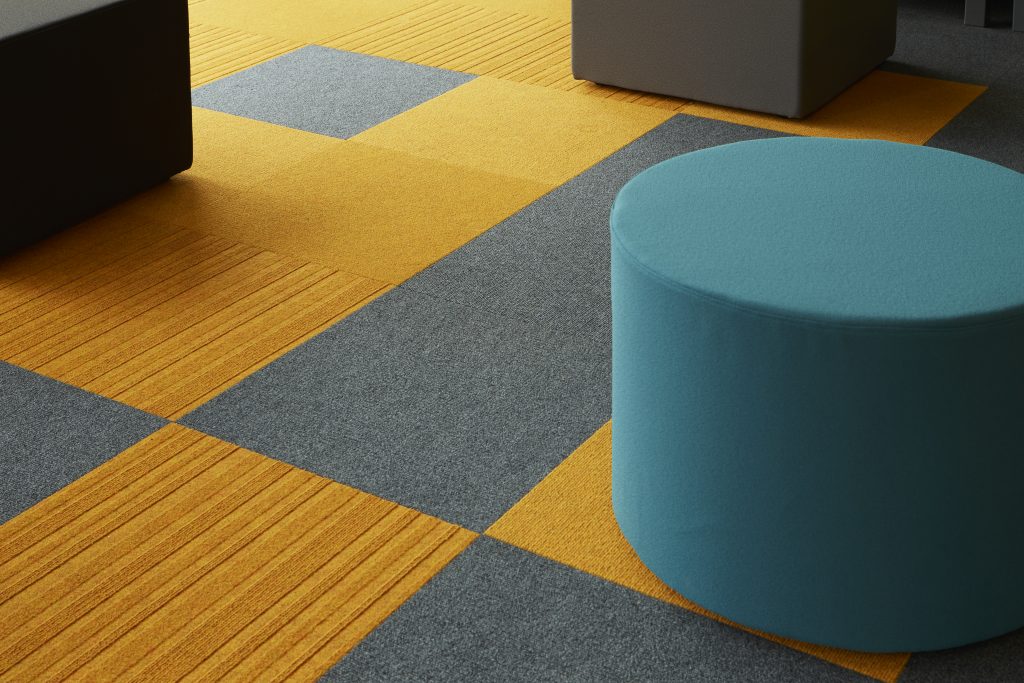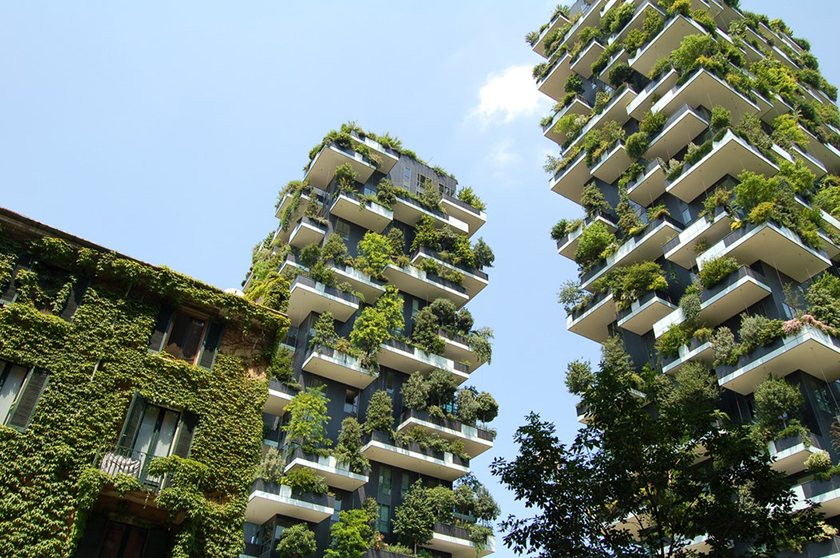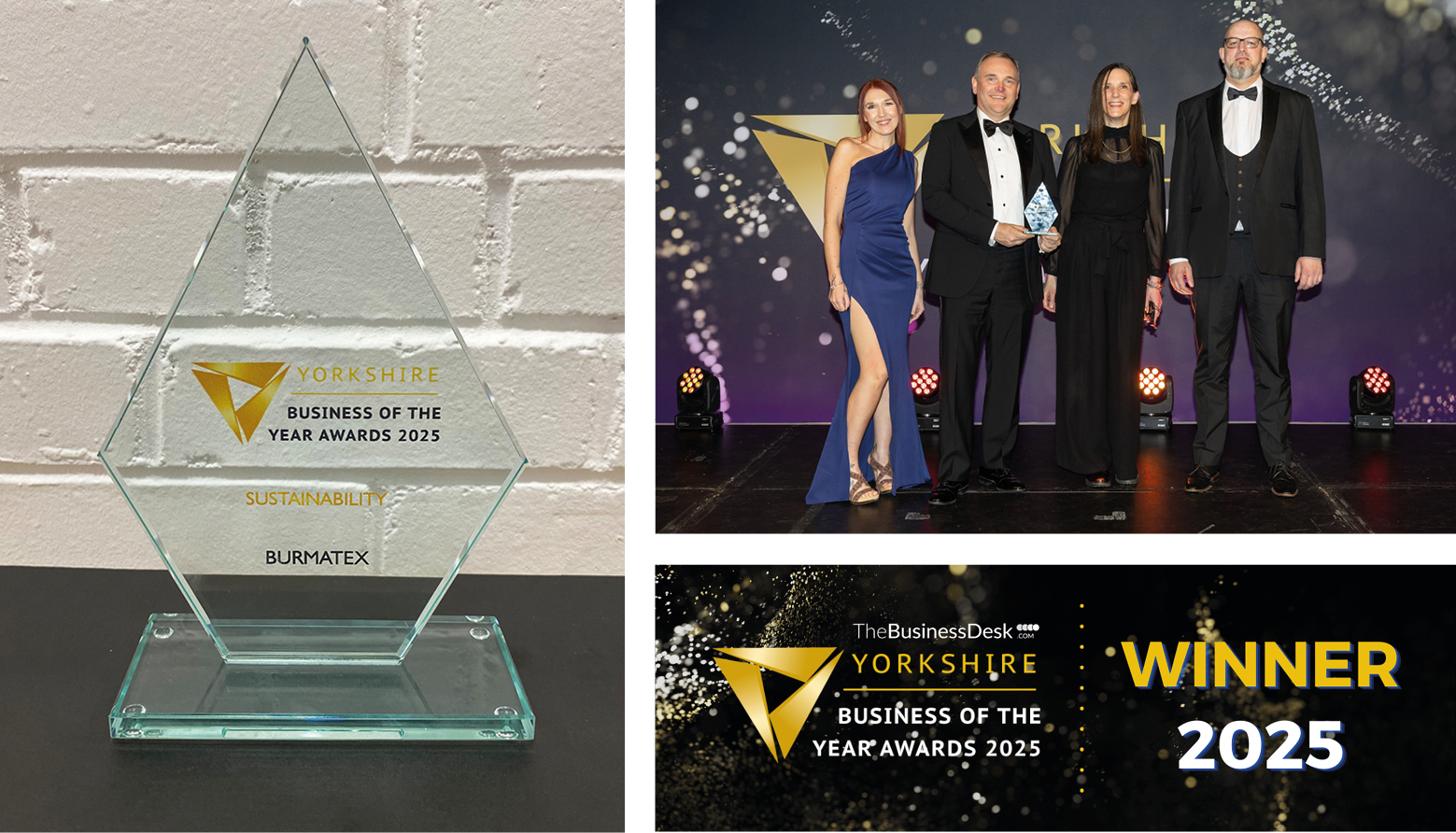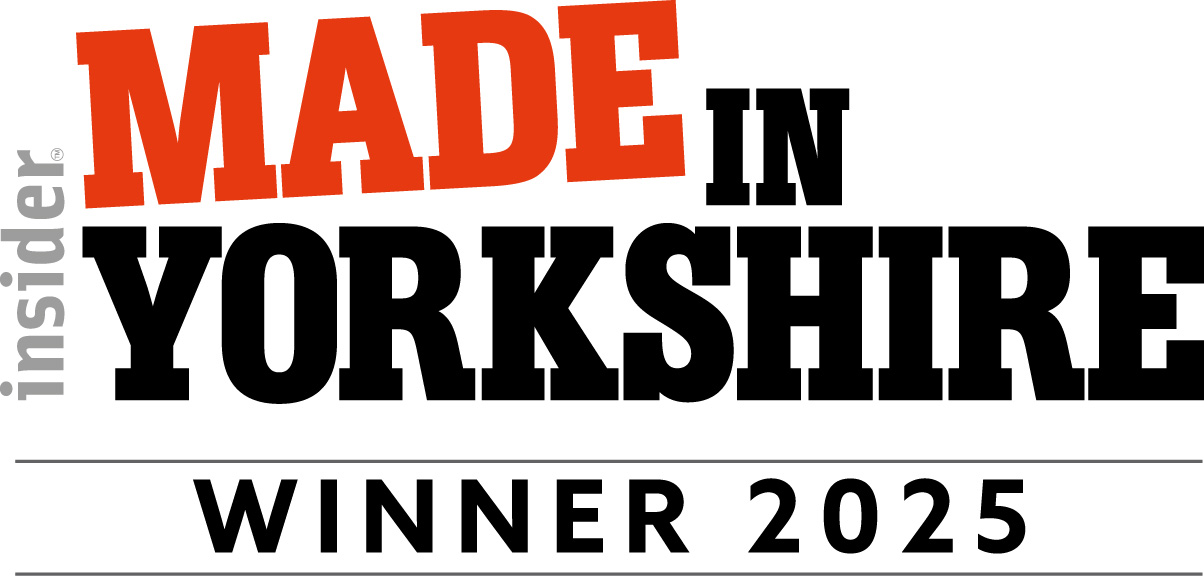
GUEST POST | 5 SUSTAINABLE SCHOOL DESIGN TRENDS DOMINATING 2018

Today we are hosting a Guest post from Tiles Direct on the blog. This article is looking into sustainable design trends within the education sector
-
5 Sustainable School Design Trends Dominating 2018
There’s no greater environment in which to teach children about the perils of global warming, possible solutions to the plastic crisis, emissions reductions and increasing green energy usage than by making their school building and surroundings a prime example of how we need to change.
Below, we’ve outlined the sustainable school design trends having the greatest impact on students and education in 2018 - allowing you to gain insight into how a building can be planet-friendly from the ground up.
Utilise modular construction
If you’re looking to add additional rooms to your school or replace existing ones, modular construction (otherwise known as offsite construction) offers an affordable, quick and eco-friendly alternative to traditional updates. Modular buildings are also more versatile in their application, are therefore more flexible when it comes to meeting a client’s needs.
When opting for a modular building solution, the nature of offsite construction means the structure is manufactured piece by piece in a controlled factory environment. This is particularly valuable as there are fewer worksite-related nuisances involved, meaning no additional roadworks, noise pollution or released gasses occur.
Source sustainable materials
Utilising sustainable or recycled materials in the build is a great way to ensure a building is more environmentally friendly. Sustainable materials are made to stand the test of time, and are often more advanced than traditional materials - with more diverse uses and greater temperature-maintaining properties, meaning they have a superior ability to insulate buildings. You can read burmatex's environmental ethos here
Some materials can often be sourced from older or derelict buildings which are due to be demolished. A team of professionals enter the building and salvage any reusable materials, such as timber, brass, porcelain and flooring. Designers can obtain these materials from secondary retailers who specialise in this niche industry.
Incorporate plants
Adding plants, not only in pots and planted in the grass areas, but also within the building’s overall design, is a highly effective way to showcase to students the beautiful and pragmatic reality of pairing architecture with greenery. Adding a vertical garden to the surface walls of the building melds nature and construction seamlessly, making a building look unique while helping to reduce carbon dioxide levels in the air.
Plants are also known to improve happiness and feelings of calm and tranquillity - perfect for when students are worried about revision, coursework and exams. Consider having lots of different species scattered around the site, with labels containing names and facts nearby to inform and teach students, too!
Create adaptable spaces
By choosing to build or modify a school’s internal design to cater for multiple uses and activities, schools can become more space-conscious and require less space to effectively educate students. Look at rooms which could serve a variety of purposes without the need for lugging expensive or heavy equipment from one area to another.
Go one step further and figure out which classes can be taught without the need for furniture. Music equipment could be stored away elsewhere, and performing arts and theatre can be practised in a completely blank space - while there’s also the potential for traditionally desk-oriented subjects, such as Maths and English, to be transformed into interactive sessions without the need for furniture or stationery.
Better yet, an expensive but highly worthwhile approach can be to introduce smart furniture into your classroom design, such as those that can be transformed into different states to serve different uses as needed. For example, it’s possible to buy shelves which can be effortlessly converted into tables, or to find tables which can accommodate four people in one state and eight in another - all as a result of clever, customisable design.
Remember to keep the room design neutral, opt for plain walls and decorative carpet tiles, so that the room can be viewed as a blank canvas rather than being associated with one particular subject or use.
Explore energy-efficient design
To take the final, crucial step, update standard amenities such as toilets to low-flow alternatives to help save water, and install on-demand heaters and programmable thermostats to avoid unnecessary heat wastage. Install solar panels on the roof and any out-of-bounds, flat or sun-facing angled surfaces to reduce energy bills and move closer to being a truly sustainable school building.
We hope these on-trend eco-friendly design ideas have given you plenty of insight and inspiration to future-proof your school going forward. For any further information, the government has released this guide, suggesting a range of practical changes schools can make to minimise their environmental footprint.
-
Posted on 31 July 2018















